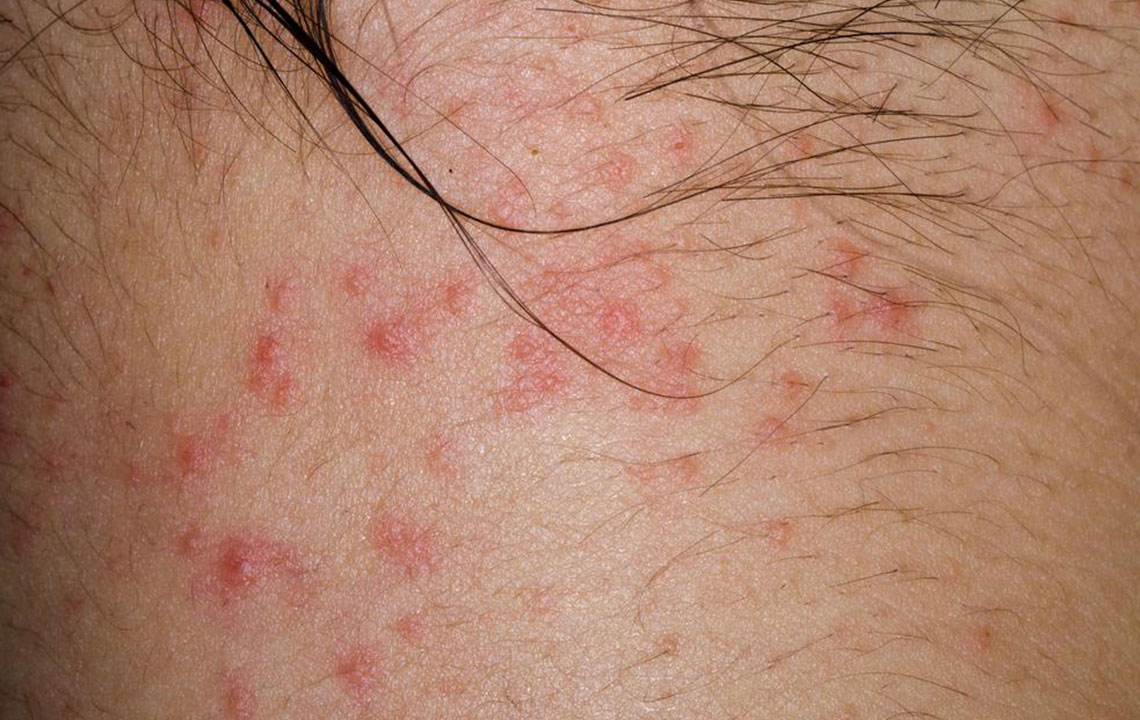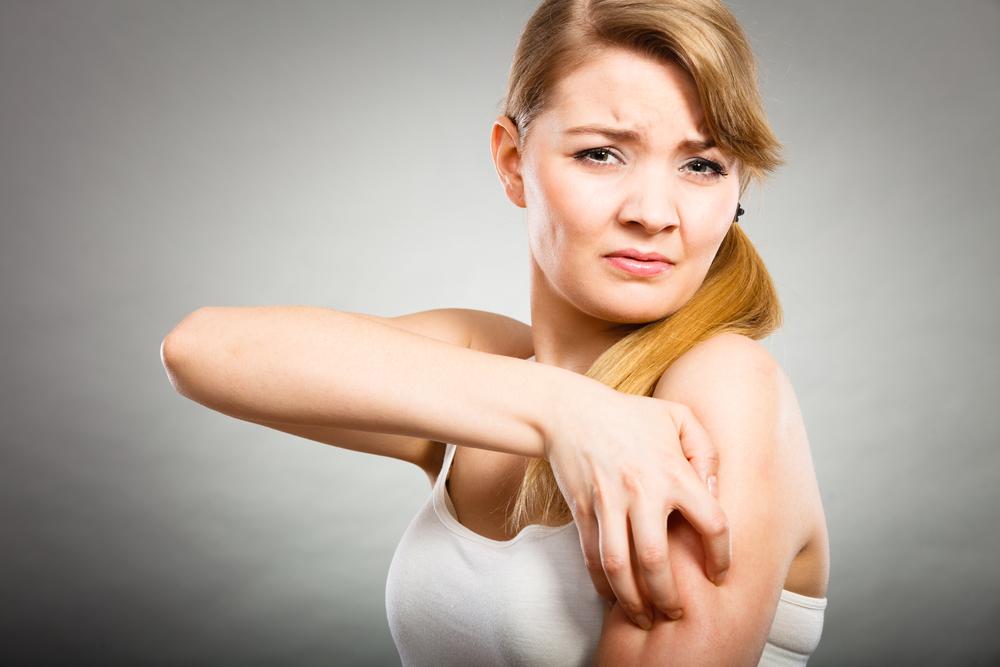Ultimate Guide to Different Types of Itchy Skin Conditions
This comprehensive guide explores various types of itchy skin conditions, including eczema, psoriasis, hives, and contact dermatitis. It offers insights into causes, symptoms, and effective treatments, emphasizing the importance of medical consultation for persistent or severe rashes. Early intervention can prevent complications and provide relief from uncomfortable skin irritations.

Ultimate Guide to Different Types of Itchy Skin Conditions
Skin irritations can suddenly develop and affect people of all ages at unpredictable times. These conditions are quite common, often beginning in childhood, and involve inflamed skin that varies in appearance and severity. Typical examples include contact dermatitis, eczema, hives, and poison ivy reactions, often caused by bacterial, fungal, viral, or parasitic factors. While over-the-counter products can alleviate symptoms, persistent or severe cases require consultation with a healthcare provider for accurate diagnosis and effective treatment.
Non-infectious skin rashes exist and may coincide with other symptoms like fever, indicating underlying illness. Early medical advice is recommended.
Types of Itchy Skin Rashes
Atopic Dermatitis
Also known as eczema, this common condition starts in childhood, presenting as red, itchy, and sometimes weeping skin usually affecting flexural areas like elbows, knees, cheeks, wrists, neck, and ankles. It is often seen in people with allergies or asthma.
Seborrheic Dermatitis
Typically affecting adults, this rash appears as red, flaky patches mainly on the scalp, eyebrows, ears, cheeks, or forehead. In children, it often involves the scalp.
Contact Dermatitis
Triggered by exposure to allergens or irritants such as chemicals, poison ivy, oak, or sumac, this localized rash often causes oozing and appears only where contact occurs.
Diaper Rash
Caused by prolonged exposure to urine or feces, diaper rash affects infants and adults wearing diapers, leading to redness and skin irritation.
Stasis Dermatitis
Occurs in the lower legs due to poor blood circulation, resulting in swelling and oozing skin.
Psoriasis
Characterized by thick, scaly patches that can ooze, psoriasis frequently appears on the scalp, elbows, and knees, with silver-scaled plaques.
Hives
Rapidly developing red, itchy bumps that fade within hours but tend to recur. They are often caused by allergies or medications; avoiding triggers helps prevent flare-ups.
Nummular Eczema
Presents as coin-shaped, oozy patches, especially in colder seasons, often linked to dry skin.
Drug Reactions
Certain medications can trigger allergic skin reactions manifesting as rashes.
Heat Rashes
Common in infants, heat rash appears as small red bumps or blisters, mainly on the neck, chest, elbows, or groin area. Cooler environments may reduce symptoms.
Minor rashes often respond well to OTC treatments like hydrocortisone creams, antihistamines, and moisturizers. For persistent or widespread rashes, consulting a healthcare provider is essential for proper diagnosis and management.
Treatment Strategies for Itchy Rashes
Most rashes resolve with time or OTC medications such as hydrocortisone, antihistamines, and moisturizers to alleviate itching.
Fungal infections may require topical antifungals containing clotrimazole, terbinafine, or miconazole.
Persistent or severe cases should be evaluated by a dermatologist for targeted treatment.
Understanding different rash types and causes enables effective care. Prompt medical consultation helps prevent complications and relieves discomfort from persistent skin irritation.


